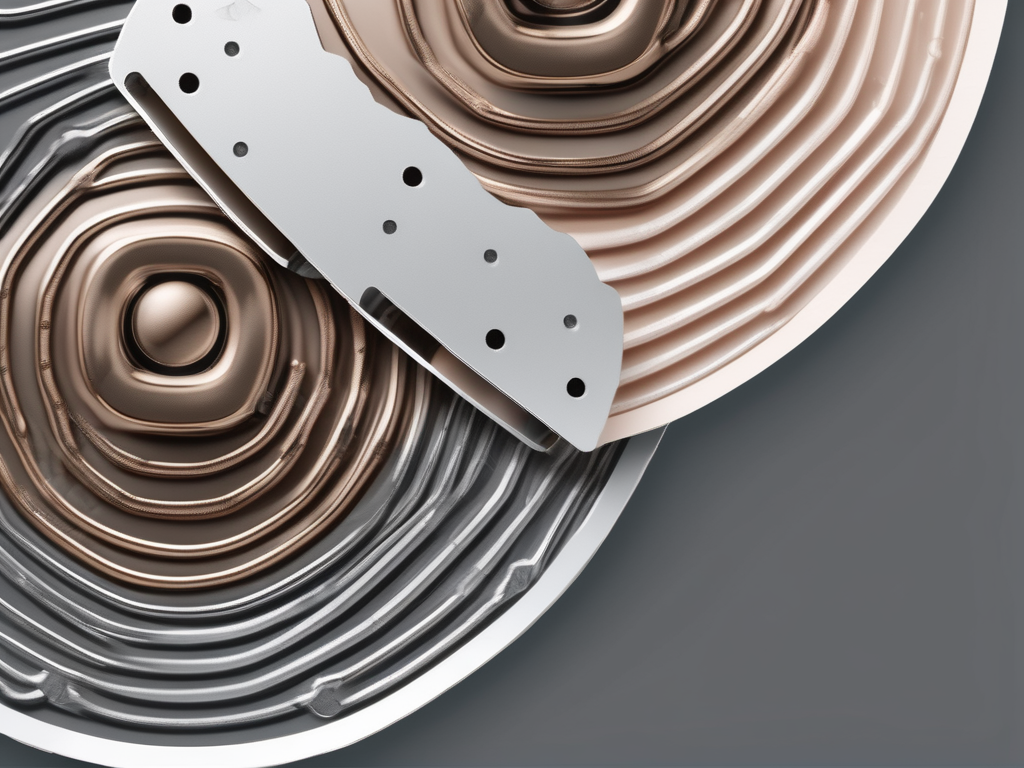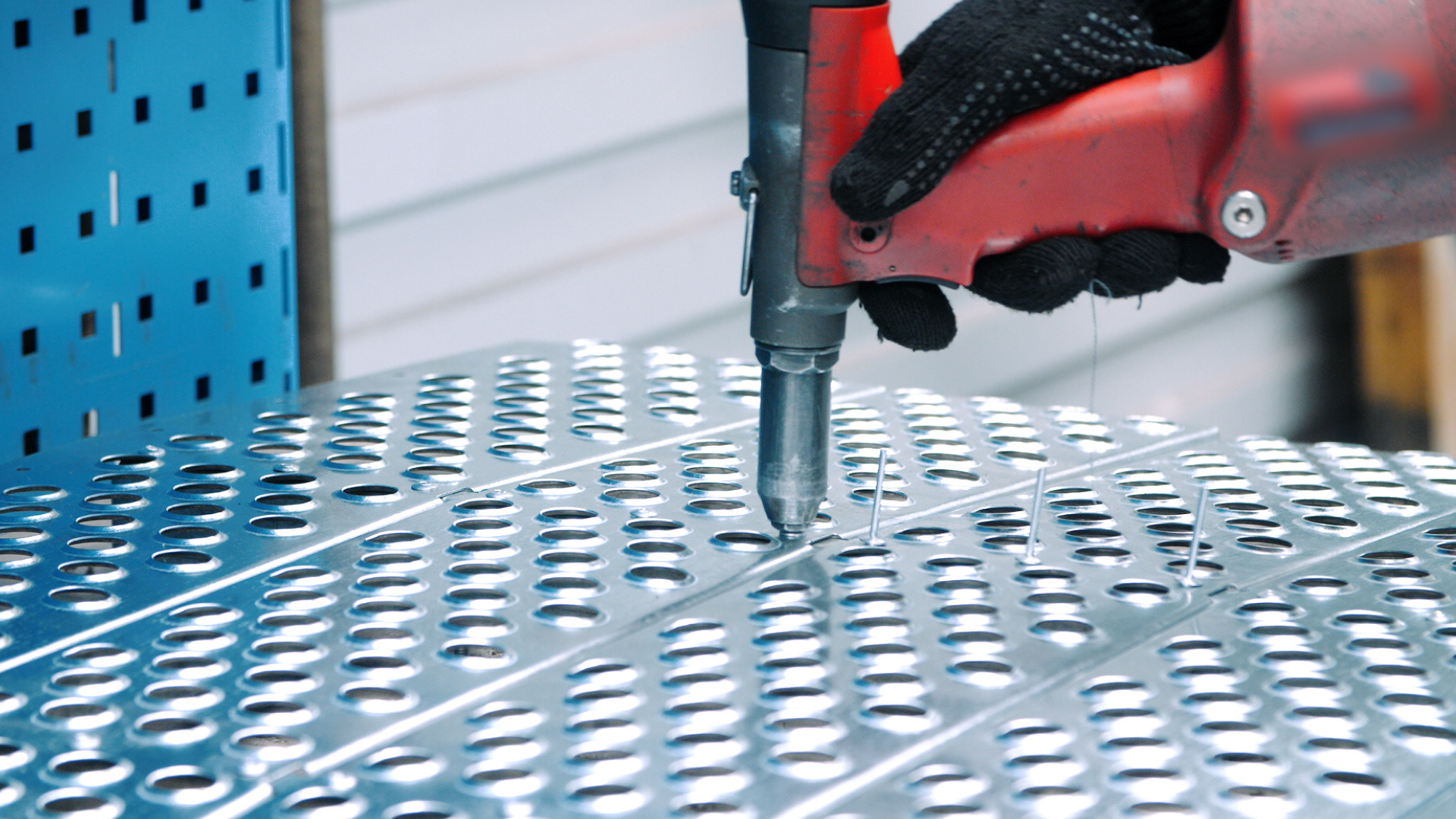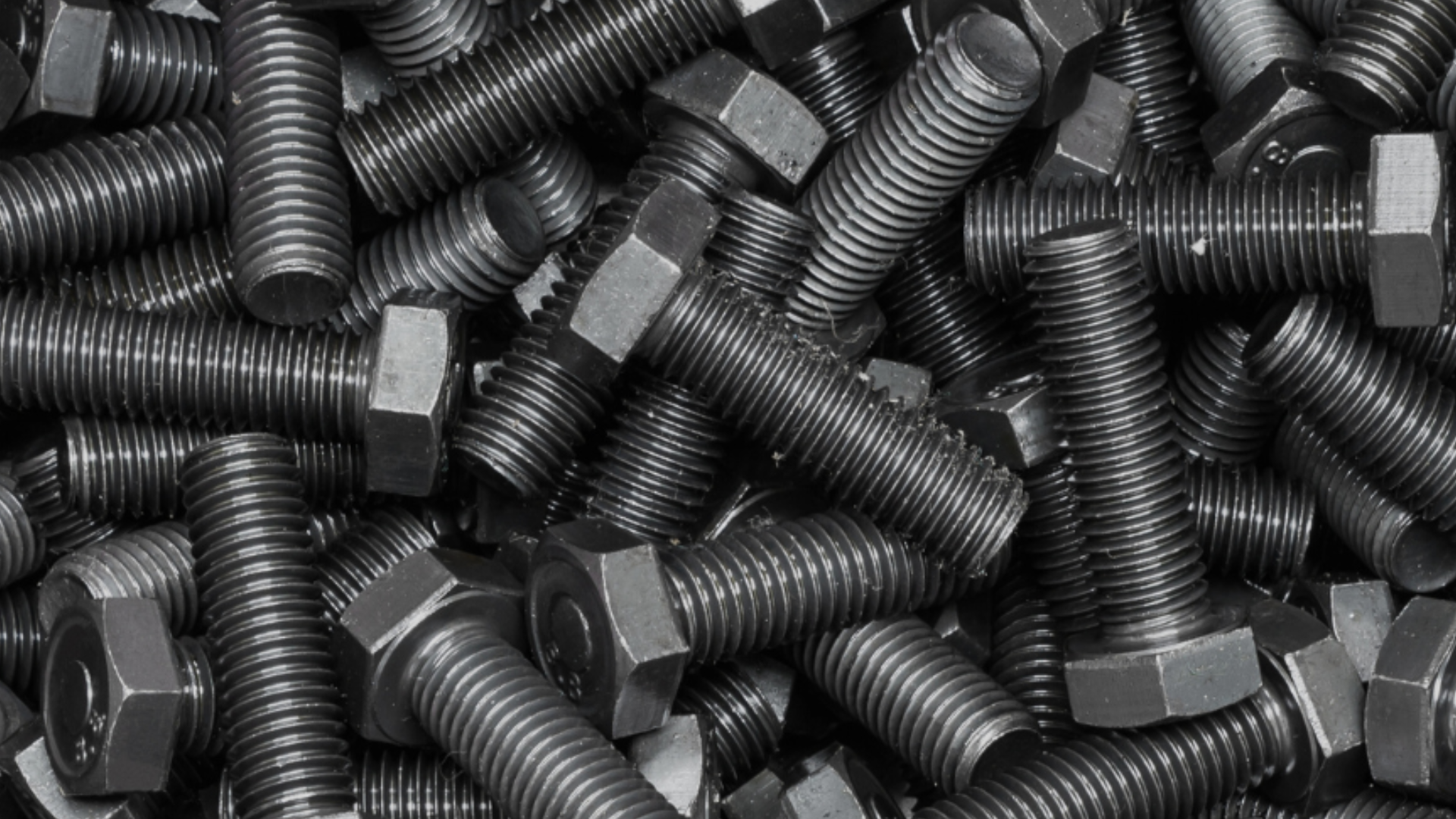Are you curious about the world of metal forming? Wondering what it is, why it’s important, and how it works? Look no further! In this article, we’ll explore the fascinating world of metal forming and uncover its many benefits. So grab a cup of coffee, sit back, and let’s dive in!
Understanding Metal Forming
Before we delve into the benefits, let’s start by understanding what metal forming actually is. In simple terms, metal forming refers to the process of shaping metal into various forms by the application of mechanical force. It involves techniques such as bending, stretching, and compressing metal sheets, tubes, or wires.
Metal forming is a fundamental process in the field of manufacturing. It is widely used in various industries, including automotive, aerospace, construction, and electronics. The versatility of metal forming allows for the creation of complex and intricate shapes that are essential in the production of a wide range of products.
Definition of Metal Forming
Metal forming, also known as metalworking, encompasses a wide range of processes used in various industries. It plays a crucial role in the manufacturing of everything from automobiles to household appliances. These processes include forging, rolling, extrusion, drawing, and stamping.
Forging is a metal forming technique that involves the shaping of metal using compressive forces. It is commonly used to create components with high strength and durability, such as crankshafts and connecting rods in engines.
Rolling is another metal forming process that involves passing metal between two or more rollers to reduce its thickness or change its shape. This technique is often used in the production of sheets, plates, and structural sections.
Extrusion is a process where metal is forced through a die to create a specific shape. It is commonly used in the production of pipes, tubes, and profiles with a constant cross-section.
Drawing is a metal forming technique that involves pulling a metal sheet or wire through a die to reduce its diameter or change its shape. This process is commonly used in the production of wires, cables, and tubes.
Stamping is a metal forming process that uses a die and a punch to shape metal sheets into desired forms. It is widely used in the automotive industry for the production of car body parts, such as fenders, doors, and hoods.
History and Evolution of Metal Forming
The art of metal forming dates back thousands of years. From ancient blacksmiths shaping weapons and tools to the industrial revolution’s introduction of machinery, metal forming has come a long way. In ancient times, metal forming was done manually using hammers, anvils, and other simple tools.
With the advent of the industrial revolution in the 18th century, metal forming processes started to become mechanized. The invention of steam-powered hammers and rolling mills revolutionized the metalworking industry, allowing for faster and more efficient production.
In the 20th century, the development of new materials and advanced technologies further transformed metal forming processes. The introduction of hydraulic and pneumatic systems enabled greater control and precision in shaping metal. Computer Numerical Control (CNC) machines revolutionized metal forming by allowing for automated and highly accurate production.
Today, we have advanced technologies and state-of-the-art equipment that allow for faster and more precise metal forming processes. Laser cutting, water jet cutting, and 3D printing are some of the cutting-edge techniques used in modern metal forming. These technologies have opened up new possibilities in design and manufacturing, pushing the boundaries of what can be achieved with metal.
The evolution of metal forming has not only improved the efficiency and quality of production but has also expanded the range of applications. From intricate automotive components to lightweight aircraft structures, metal forming continues to play a vital role in shaping the world around us.
The Process of Metal Forming
Now that we have a basic understanding, let’s explore the process of metal forming in more detail.
Metal forming is a manufacturing process that involves shaping metal into various forms and structures. It is widely used in industries such as automotive, aerospace, and construction. Metal forming techniques can vary depending on the desired outcome, and each technique has its own unique characteristics and applications.
Different Techniques in Metal Forming
Metal forming techniques can be broadly categorized into two main types: primary forming and secondary forming. Primary forming techniques involve shaping the metal from its raw form, while secondary forming techniques involve further refining and enhancing the shape of the metal.
Some common techniques used in metal forming include:
- Stamping: This involves pressing metal against a die to create the desired shape. Stamping is commonly used in the production of automotive parts, household appliances, and metal containers.
- Rolling: Metal is passed through rollers to achieve the desired thickness. Rolling is commonly used in the production of sheets, plates, and bars.
- Forging: Heat and force are applied to reshape metal into desired forms. Forging is commonly used in the production of tools, machinery components, and aircraft parts.
Each technique offers its own advantages and limitations, and the choice of technique depends on factors such as the type of metal, desired shape, and production volume.
Tools and Equipment Used in Metal Forming
To facilitate the metal forming process, various tools and equipment are used. These tools help ensure precision, efficiency, and safety throughout the process.
Some of the commonly used tools and equipment in metal forming include:
- Presses: Hydraulic or mechanical presses provide the necessary force for shaping metal. They are equipped with specialized dies that help in achieving accurate and consistent shapes.
- Dies: These specialized tools help in creating different shapes and forms. They are typically made of hardened steel and are designed to withstand high pressures and temperatures.
- Molds: Used for casting and shaping molten metal. Molds are made of materials such as sand, plaster, or metal, and they are used to create complex shapes and intricate details.
In addition to these tools, other equipment such as heating furnaces, cooling systems, and material handling devices are also used to support the metal forming process.
Overall, metal forming is a complex and versatile process that plays a crucial role in the production of a wide range of products. By understanding the different techniques and tools used in metal forming, we can appreciate the intricacies involved in transforming raw metal into functional and aesthetically pleasing components.
Key Benefits of Metal Forming
Now that we’re familiar with the process, let’s explore the numerous benefits metal forming offers.
Metal forming is a manufacturing technique that involves shaping metal into various forms, such as sheets, plates, tubes, and more. It has gained popularity in industries like automotive, aerospace, construction, and consumer goods due to its many advantages.
Efficiency and Speed
Metal forming allows for high-volume production, making it highly efficient for large-scale manufacturing. With the right equipment, it ensures a quick turnaround time, helping businesses meet demand and stay competitive in the market.
Furthermore, metal forming processes like stamping, extrusion, and roll forming can produce multiple parts simultaneously, increasing productivity and reducing production time. This efficiency enables manufacturers to meet tight deadlines and deliver products to customers in a timely manner.
Versatility and Flexibility
Metal forming is incredibly versatile, allowing for the creation of complex shapes and designs. It offers flexibility in material selection, enabling manufacturers to work with a wide range of metals, including steel, aluminum, copper, and more.
For instance, in the automotive industry, metal forming techniques are used to create intricate body panels, engine components, and structural parts. The ability to shape metal into desired forms with precision and accuracy makes metal forming ideal for customized projects.
Moreover, metal forming processes can be combined with other manufacturing techniques like welding, machining, and coating to achieve even greater versatility. This integration allows manufacturers to create finished products that meet specific requirements and perform optimally in their intended applications.
Cost-Effectiveness
When compared to other manufacturing methods, metal forming often proves to be a cost-effective solution. With its ability to produce precise shapes and minimize material wastage, it helps reduce overall production costs.
Additionally, metal forming processes can be highly automated, further enhancing cost efficiency. Automation reduces labor costs, improves production speed, and ensures consistent quality. It also minimizes the risk of human error, resulting in fewer defects and rework.
Furthermore, metal forming allows for the use of recycled materials, contributing to sustainability efforts and reducing raw material costs. The ability to recycle and reuse metal scraps and offcuts makes metal forming an environmentally friendly choice.
In conclusion, metal forming offers numerous benefits that make it an attractive manufacturing option for various industries. Its efficiency, speed, versatility, flexibility, and cost-effectiveness make it a preferred choice for producing high-quality metal components and products.
Applications of Metal Forming
Now that we’ve covered the benefits, let’s explore some of the industries where metal forming finds significant application.
Metal Forming in the Automotive Industry
The automotive industry heavily relies on metal forming for the production of car bodies, chassis components, and engine parts. Metal forming ensures that vehicles are sturdy, safe, and built to withstand the test of time.
Metal Forming in Construction
In the construction sector, metal forming plays a vital role in creating structural components like beams, columns, and staircases. It provides the necessary strength, durability, and aesthetic appeal required for modern architectural designs.
Metal Forming in Aerospace
The aerospace industry demands precision and reliability, making metal forming an essential process. From aircraft frames to engine components, metal forming ensures the safety and performance of aerospace vehicles.
Future Trends in Metal Forming
As technology continues to advance, metal forming is poised to witness exciting developments.
Technological Advancements in Metal Forming
The future holds the promise of more sophisticated machinery and automation, resulting in faster and more precise metal forming processes. Advanced materials and innovative techniques will push the boundaries and open up new possibilities.
Sustainability in Metal Forming
With the world’s growing focus on sustainability, metal forming is also adapting to greener practices. Processes that reduce energy consumption, minimize waste, and use eco-friendly materials are becoming increasingly prevalent.
So there you have it—the fascinating world of metal forming and its many benefits. Whether it’s creating stunning architectural structures or manufacturing high-performance automobiles, metal forming plays an integral role in shaping our modern world. The future of metal forming is bright, and we can’t wait to see what innovations lie ahead!



